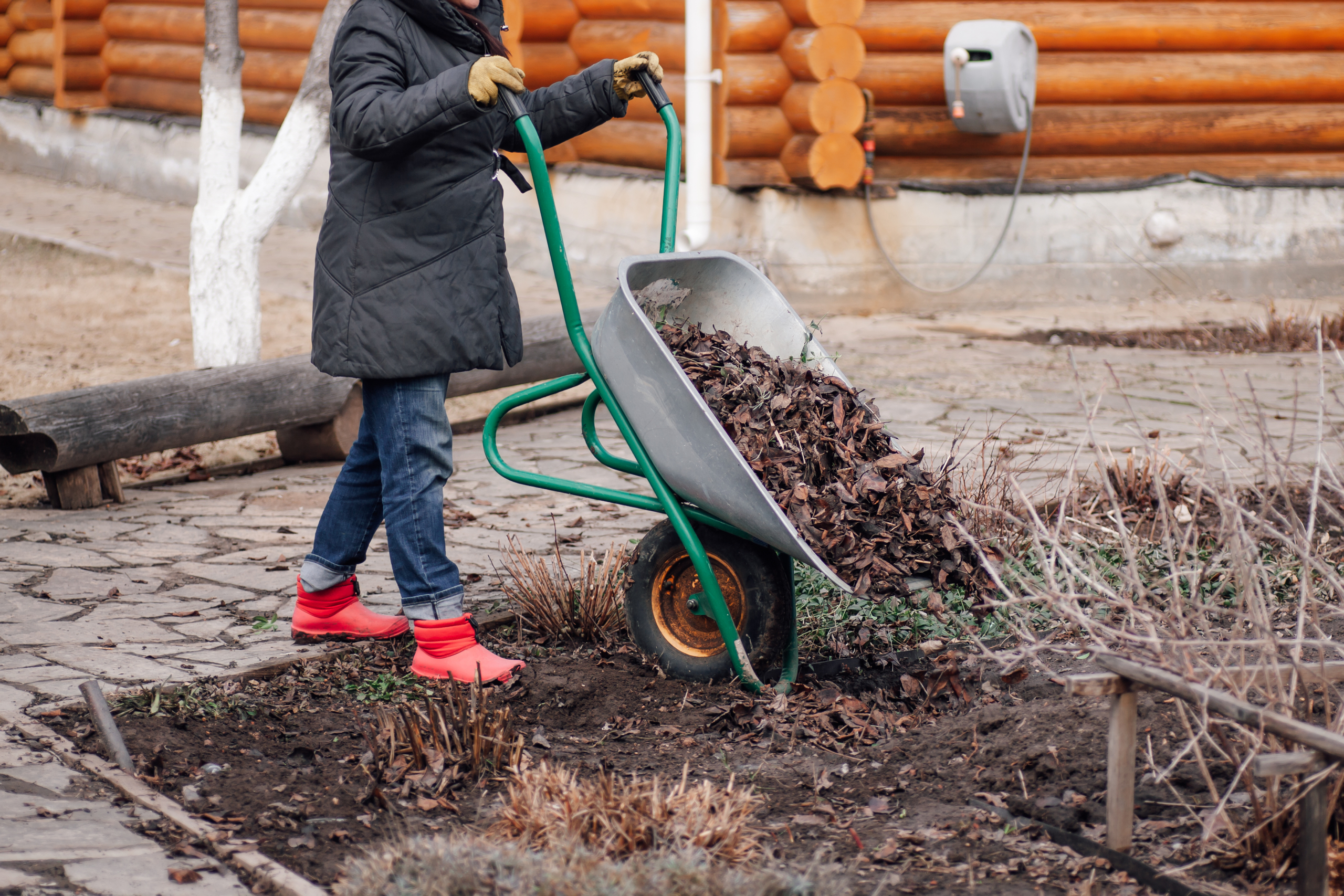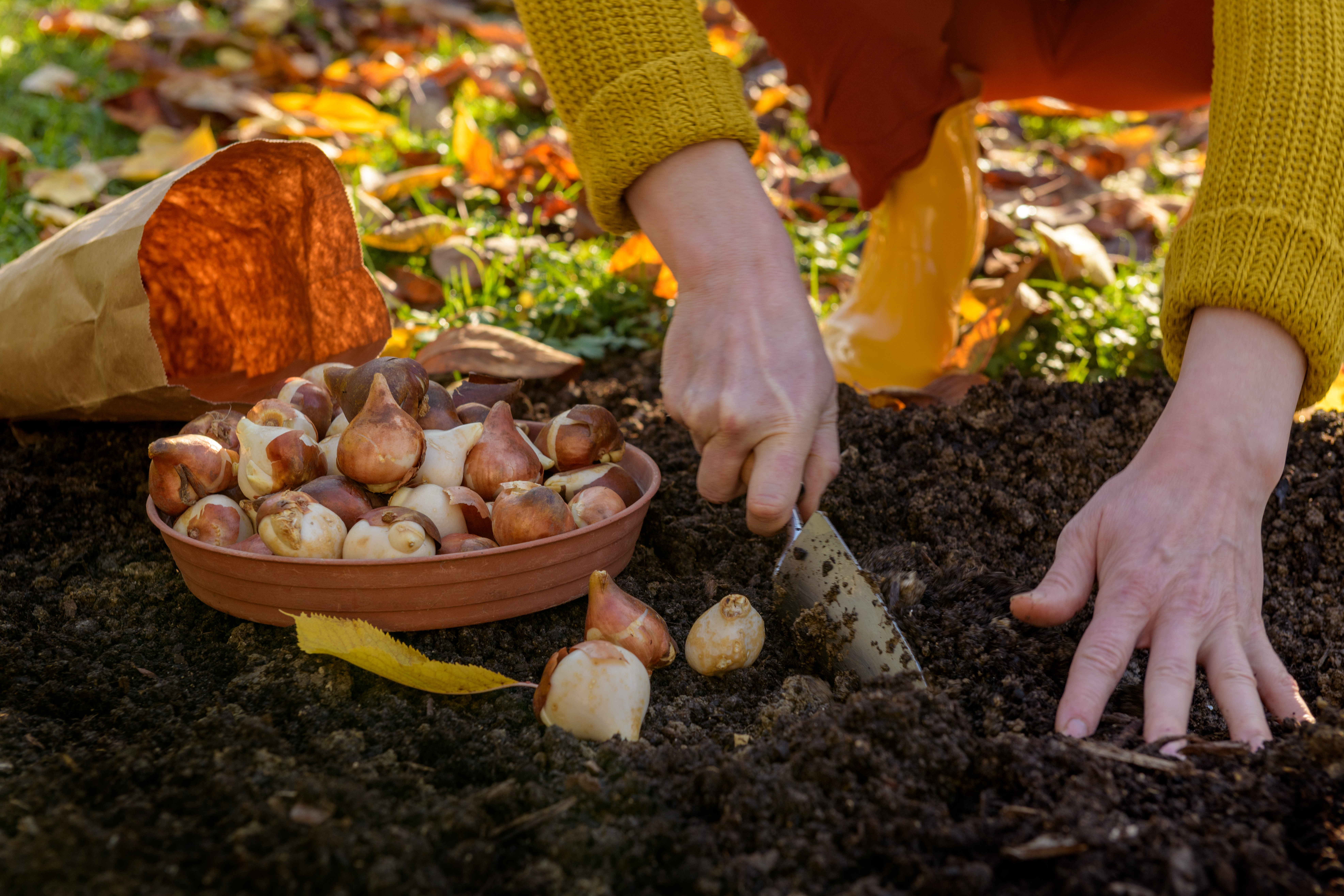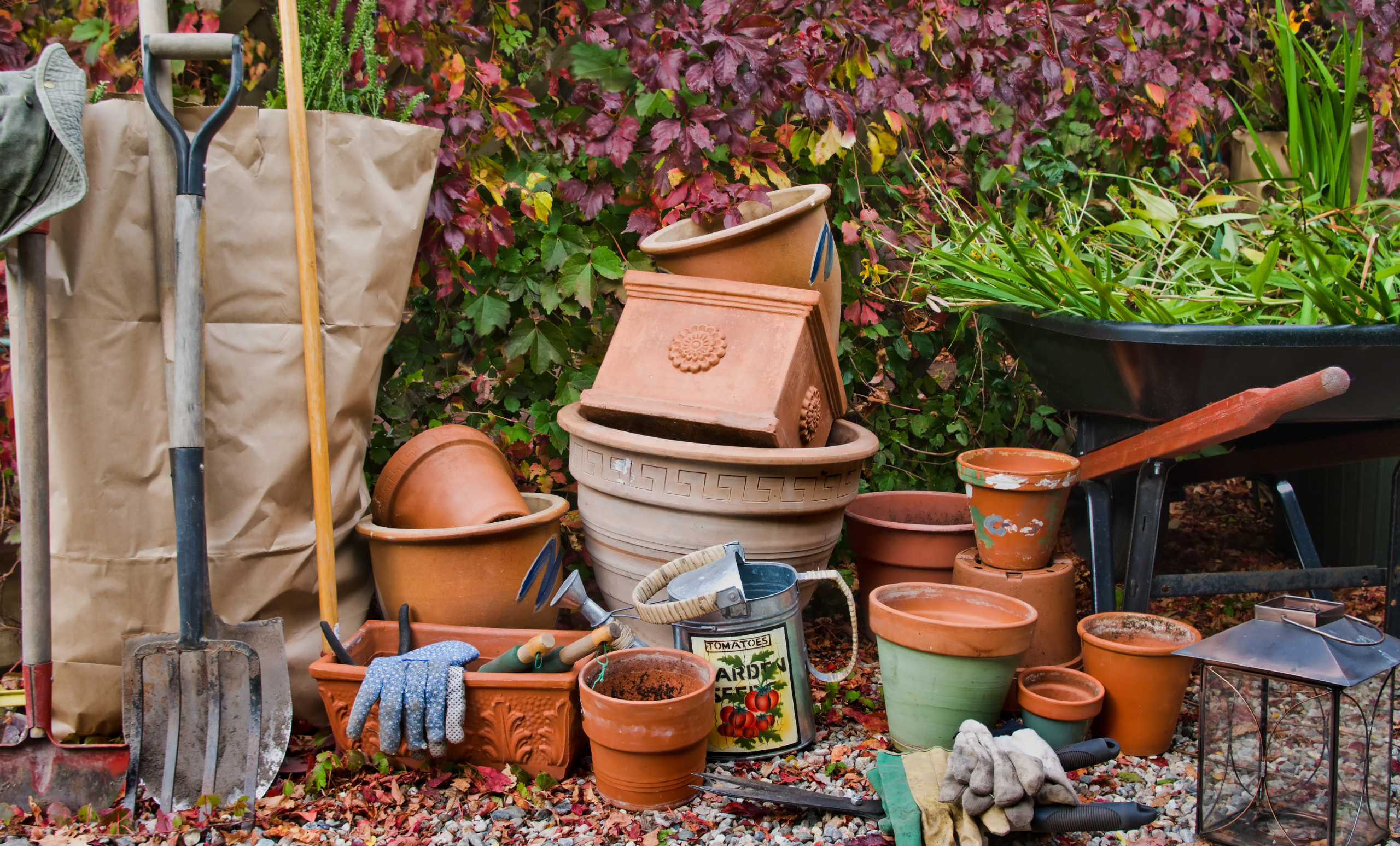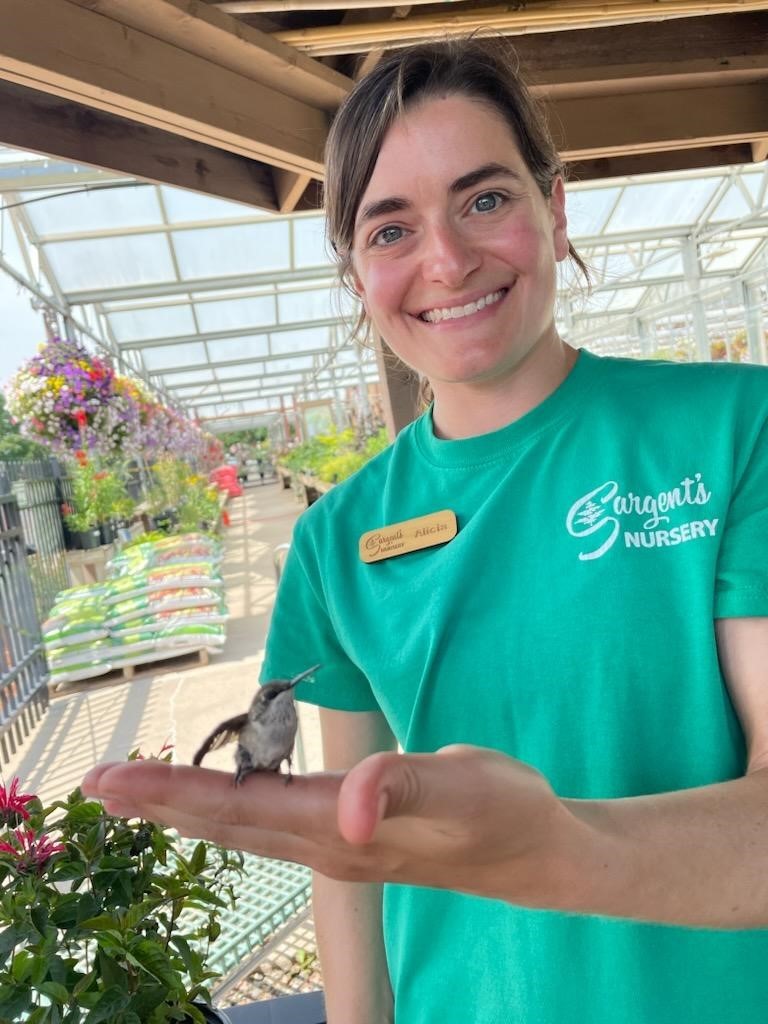Enjoying the Garden in Fall
Fall is a great time of year to be in your garden. Cooler temperatures make it more comfortable and less stressful for new plantings to establish themselves, and we watch our plants that were once robust and thriving start to look tired as they send energy down to their root systems. All of this gets us thinking about fall cleanup.
The natural powering down of the plants in our garden is a beautiful and generous way to provide for all the critters seeking food and shelter for the upcoming winter months. Our tiny neighbors share our gardens and rely on us to keep them in mind as we clean up in the fall. There has been some debate recently about the best way to put our gardens to bed for the winter, and each person must decide what is practical for them. This article will give you some options to consider.
Utilizing Fallen Leaves
As the leaves fall, we can use them as mulch to retain moisture, moderate soil temperatures, and provide a place for beneficial insects to live. Instead of bagging all these leaves, leave a layer about 2-3 inches thick over your garden beds. Mulching the leaves with a lawn mower before spreading them can also be very beneficial. Over time, this will increase your soil’s organic material and is less likely to be swept away in the wind, keeping your plants better insulated.

Managing Leaf Mulch
Keep in mind that leaving more than 3 inches of leaf mulch can inhibit airflow, increasing the likelihood of mold and other troublesome diseases. If you have a problem with moles and voles in your gardens, be mindful of the amount of leaf mulch you leave, as too thick of a layer may encourage them to burrow there.
Protecting Against Disease
Using leaves as mulch can be a great way to repurpose the nutrients that trees naturally provide. However, any disease that may be prevalent in your trees or shrubs can spread through their leaves. Diseases can remain dormant through the winter and show up next spring. Always rake up and destroy all diseased leaves to avoid transferring them to other plants. Fall is also the time to remove any seed heads of undesirable or aggressive plants that you want to keep from spreading.
Winter Protection for Your Plants
It is also important to protect your plants from wildlife and harsh winter conditions. Wrap sensitive evergreens like Boxwoods in burlap to reduce wind burn or treat with Wilt Stop. This is also the time to put tree guards on young trees and shrubs to prevent deer and rabbit damage. Be sure to make the cages tall enough to accommodate any accumulated snowfall that rabbits can sit upon.

Harvesting the Vegetable Garden
A vegetable garden should be harvested completely, and all plant matter should be removed and composted. Use a pruner to cut back large plants and any vines that are growing on fences and supports. Some perennials should be left up in the fall, as the seeds provide a food source for birds through the winter. Along with the ecological benefits, some perennials like Black Eyed Susans, Hydrangeas, and most grasses are known for their desirable winter interest.
Planting Spring Bulbs
While you are doing your fall cleanup, you can plant your spring flowering bulbs in a nice, sunny spot. Feel free to smile while doing this, thinking of those first cheerful pops of spring color after a long winter.

Tool Maintenance
Fall is also a great time to wash and sharpen all your garden tools. Wash your gloves and disinfect all containers and support structures. Your future self will thank you! Go ahead and give yourself a pat on the back for taking care of your gardens and the wildlife that you share them with.


This blog post is brought to you by Alicia, an employee of Sargent’s Nursery, whom you may have seen watering annuals in the greenhouse in the past.
She now travels the country, excitedly sharing her knowledge and experiences in gardening with you. And hey, she even once saved a hummingbird with a sticky wing.
Check back for more from Alicia and come along for the ride!


